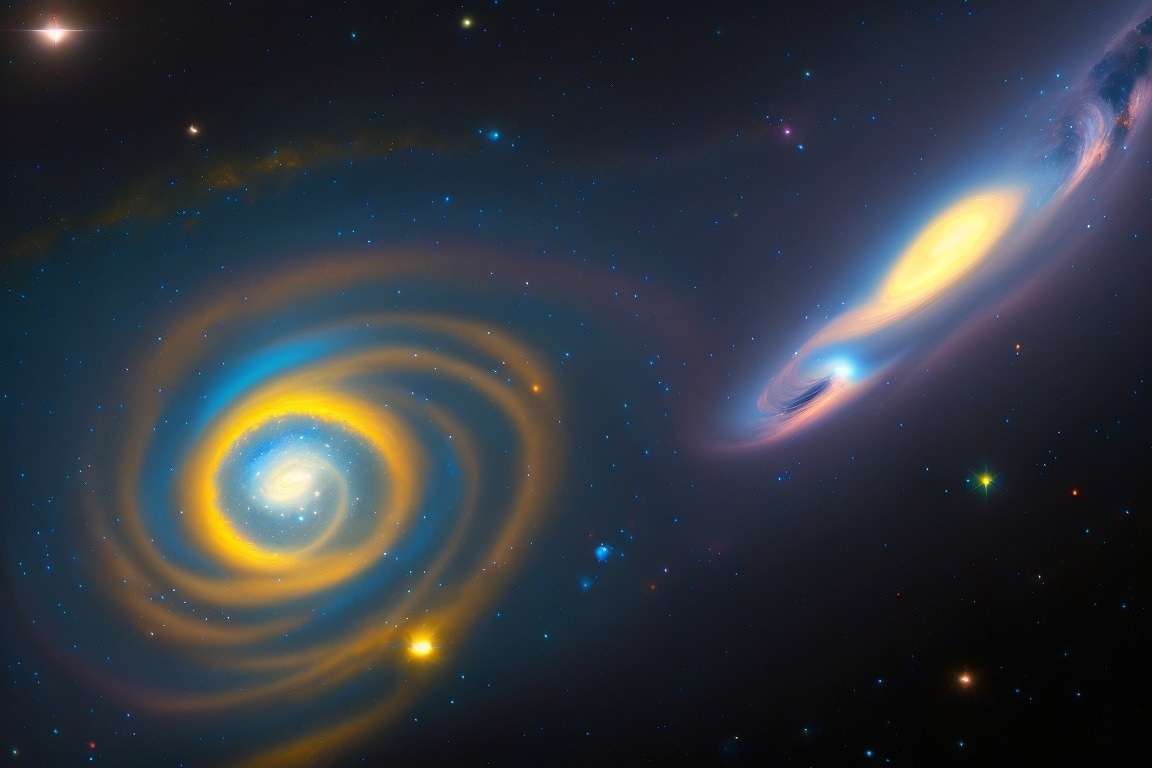There are hundreds of billions of galaxies in the universe, and for those that are close by, distances are mostly determined by classical Cepheid and RR Lyrae (RR Lyr) stars.

3D intuitive map of the Local Group. Image Credit: NAOC
RR Lyr stars are pulsating variable stars that are more than twice as ancient and 100 times brighter than the Sun. Due to the close correlation between their pulsation time and luminosity at the same elemental abundance, they can be used as a standard marker for estimating the distances between galaxies.
With the distance inaccuracy of galaxies adjusted to 1–2%, astronomers from the National Astronomical Observatories of the Chinese Academy of Sciences (NAOC) suggested applying double-period RR Lyr stars to measure the distances of galaxies.
On June 19th, 2023, their research was published in Nature Astronomy.
About 5% of RR Lyr stars exhibit multiperiodic pulsation. The two periods of RR Lyr stars with two periods are distinct from other stars because they are linked to stellar characteristics like mass and elemental abundance.
We find that the elemental abundance can be represented by two periods, and thus a period-luminosity relation independent of the elemental abundance was established.
Dr. Xiaodian Chen, Study Lead Author and Researcher, National Astronomical Observatories, Chinese Academy of Sciences
Period measurements are both simple and precise when compared to measurements of elemental abundance.
Our work provides a method by which distance measurements of nearby galaxies can be obtained from photometry alone, without relying on spectroscopic observations. This will increase the sample of galaxies with high-precision distance by a factor of 20 or more.
Licai Deng, Study Co-Author and Senior Researcher, National Astronomical Observatories, Chinese Academy of Sciences
Double-period Lyr stars are excellent probes because they provide not only accurate distances but also information on elemental abundances.
Tens of millions of double-period RR Lyr stars will be discovered in nearby galaxies in the future years by the China Space Station Telescope and the Vera C. Rubin Observatory.
A 3D intuitive map of the Local Group and get a high-precision Hubble constant is expected to be seen using a distance measuring approach based on double-period RR Lyr stars.
Journal Reference
Chen, X., et al. (2023) The use of double-mode RR Lyrae stars as robust distance and metallicity indicators. Nature Astronomy. doi:10.1038/s41550-023-02011-y.